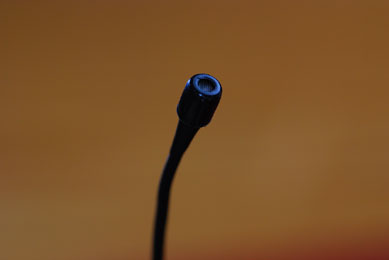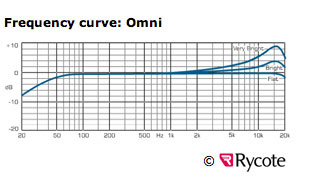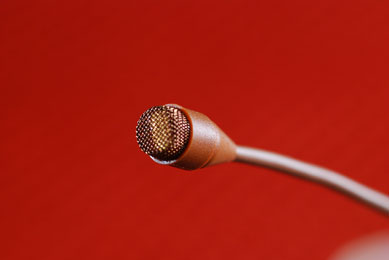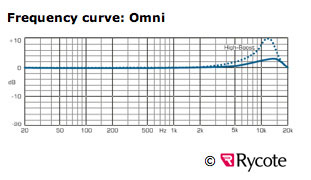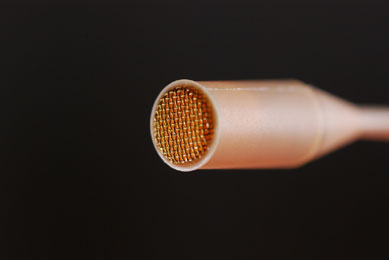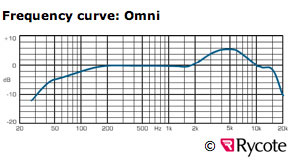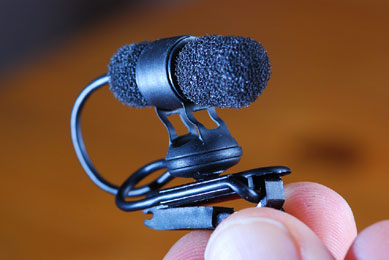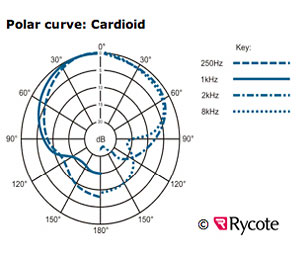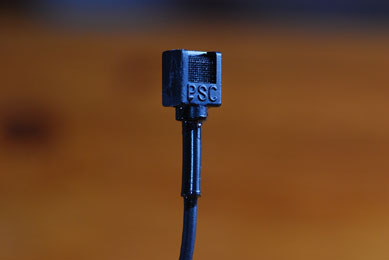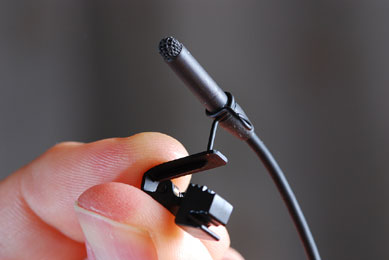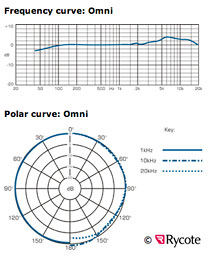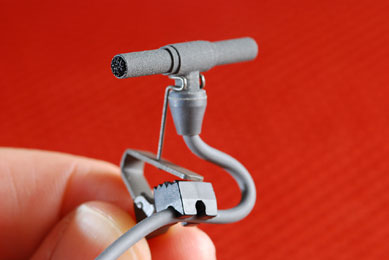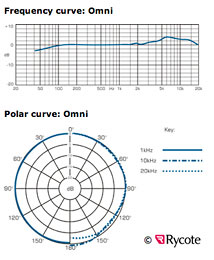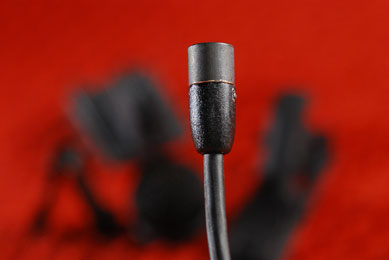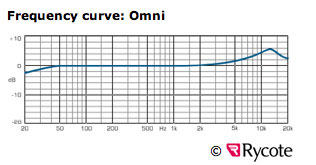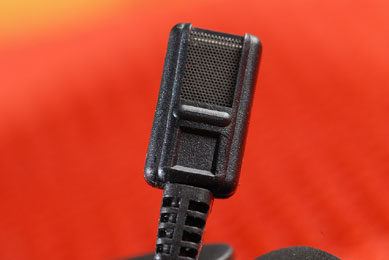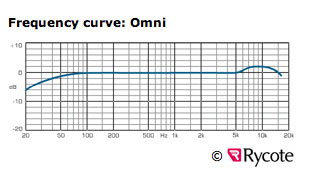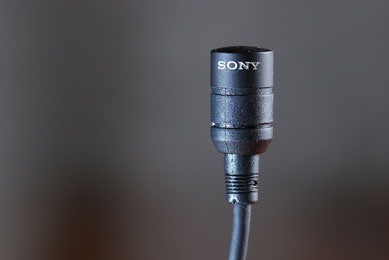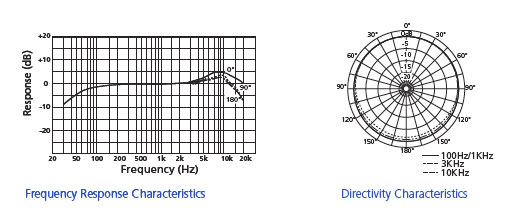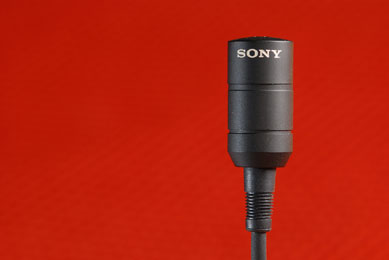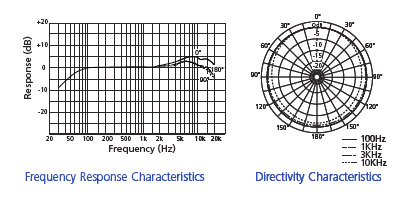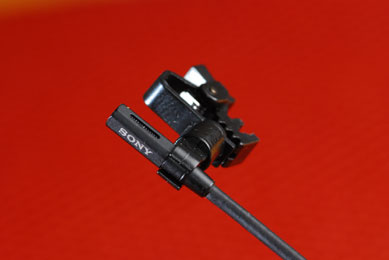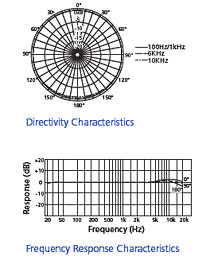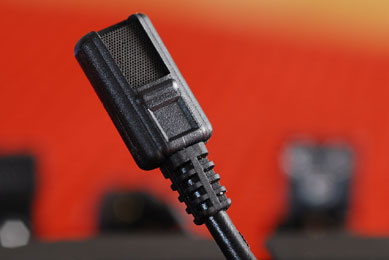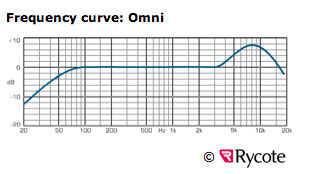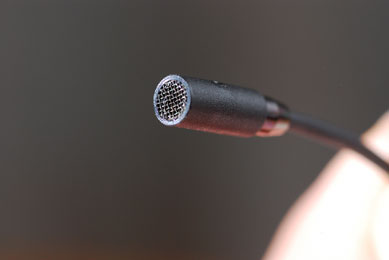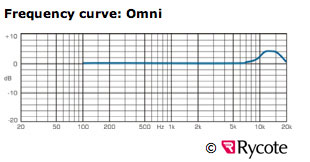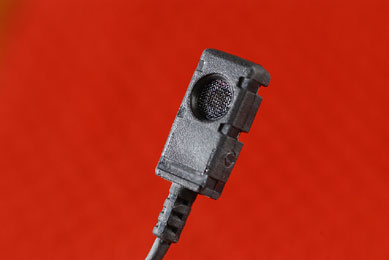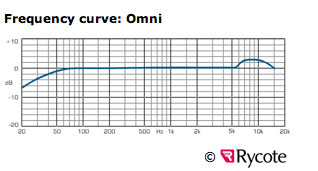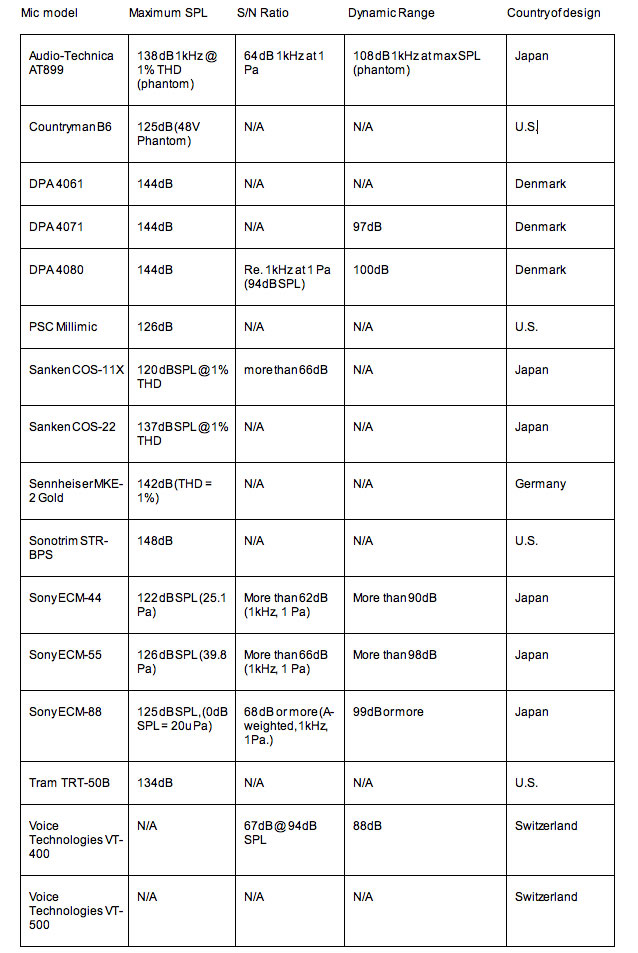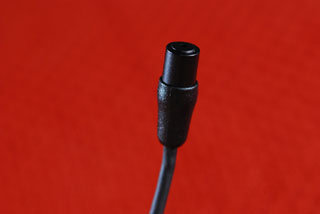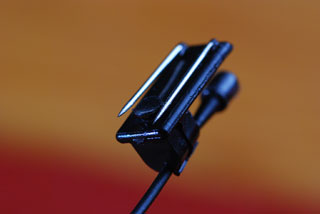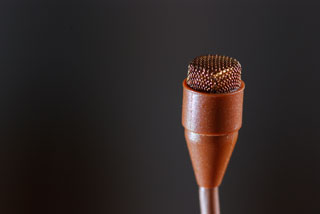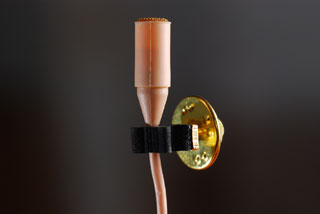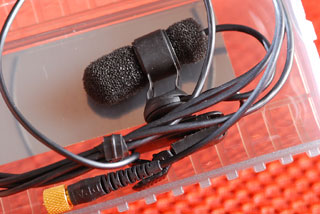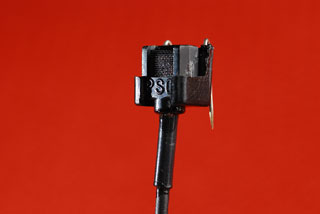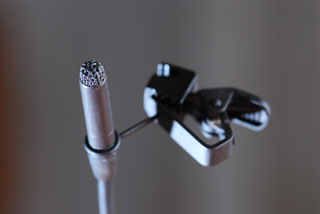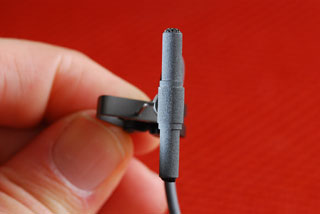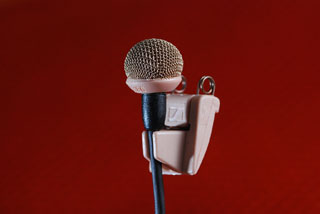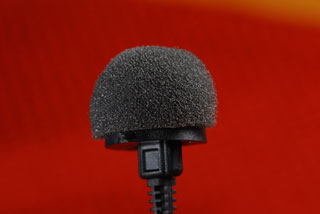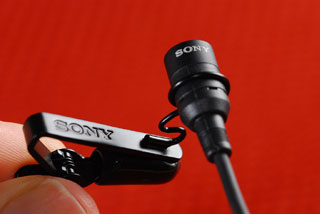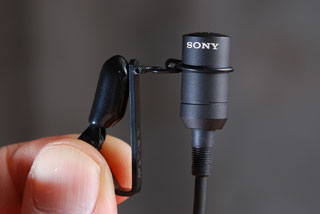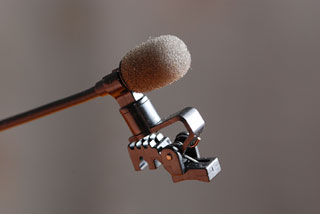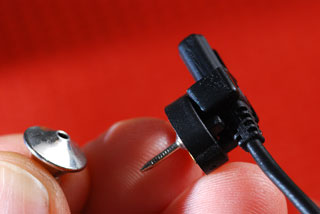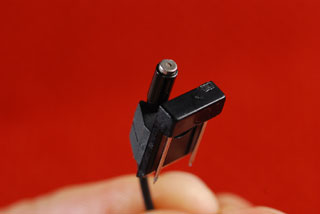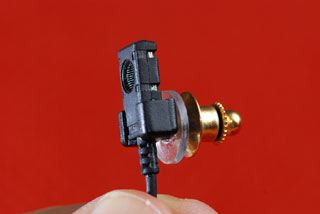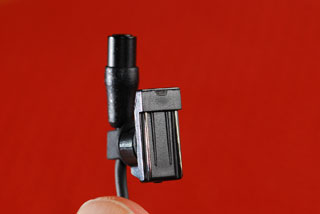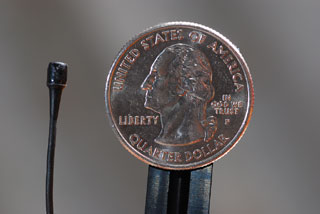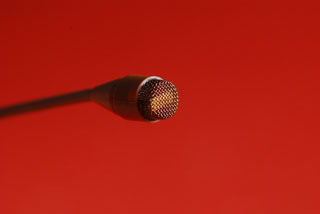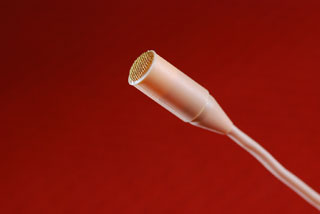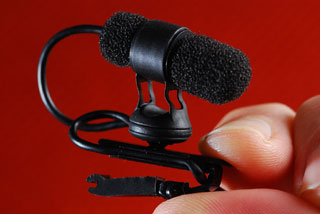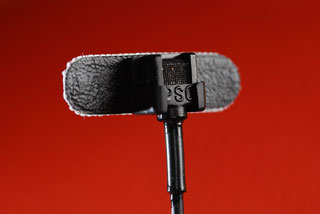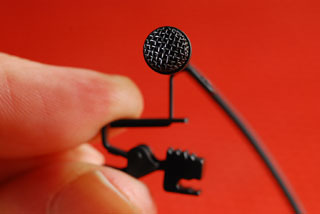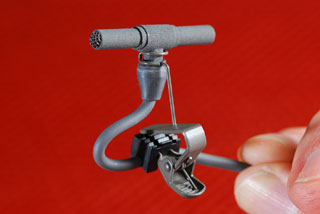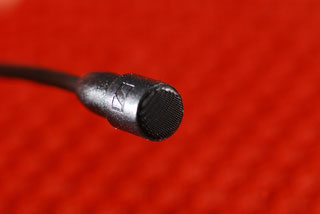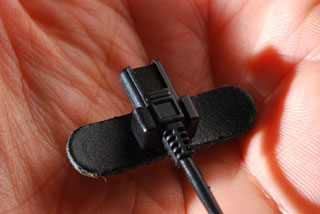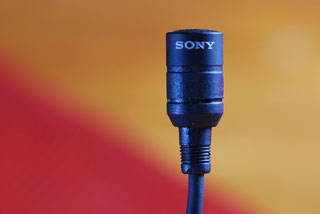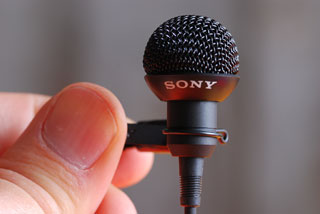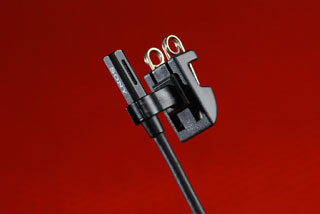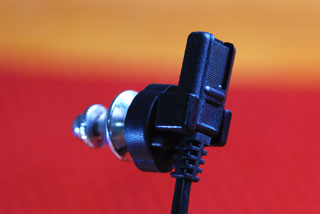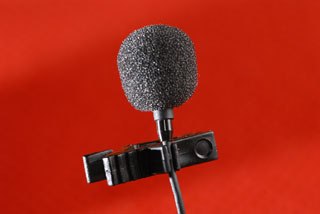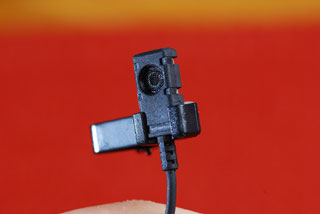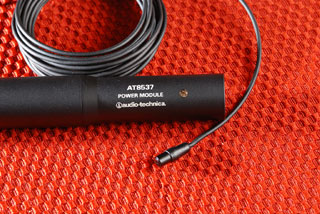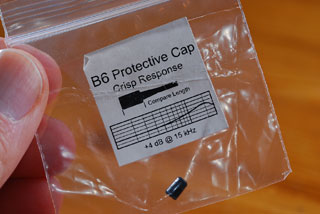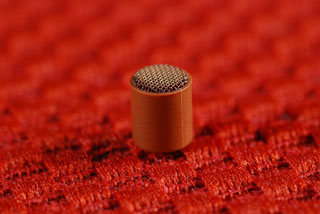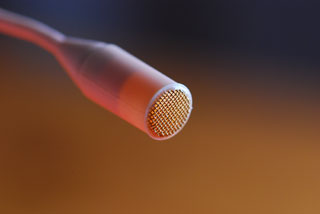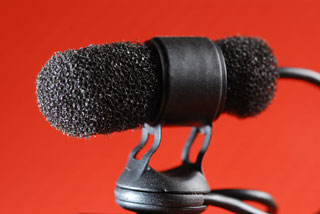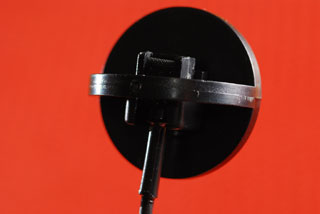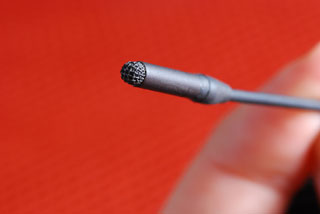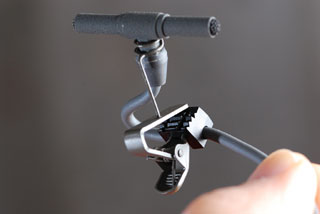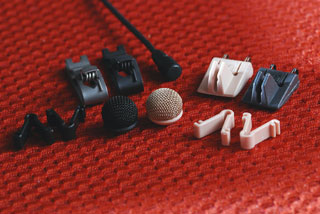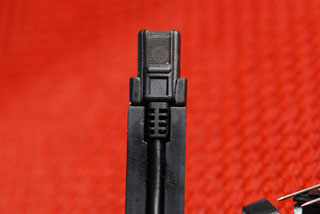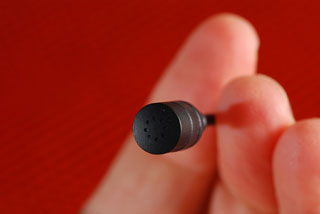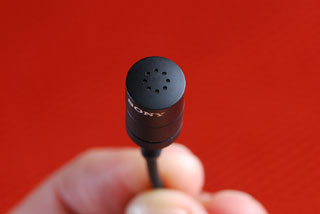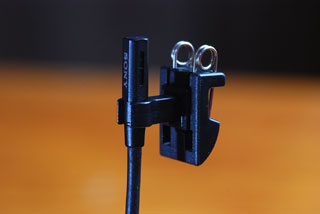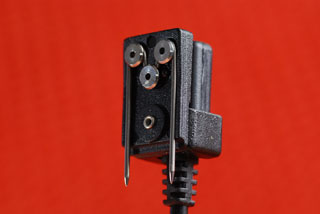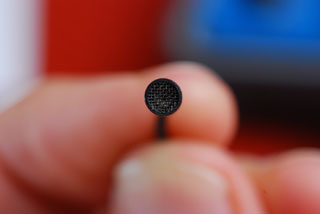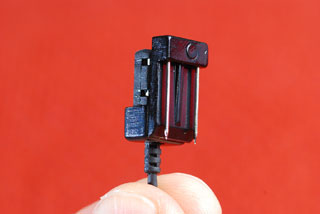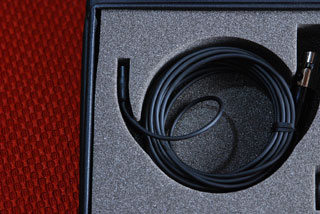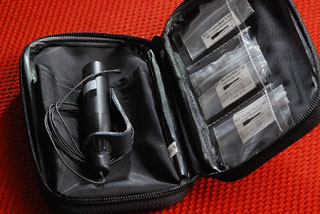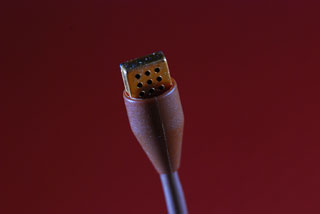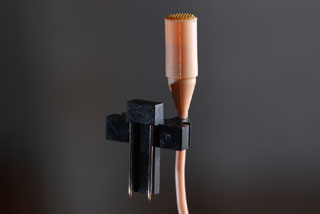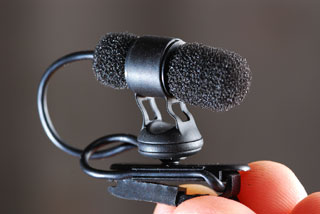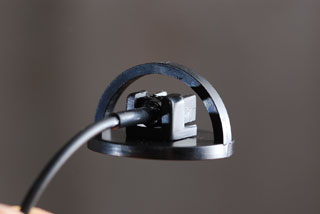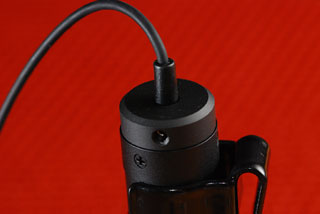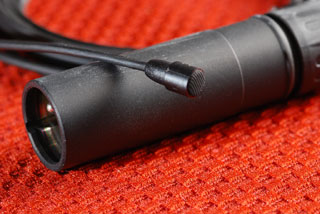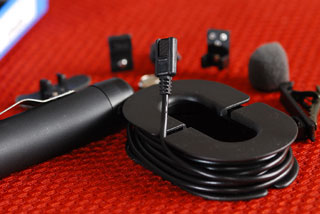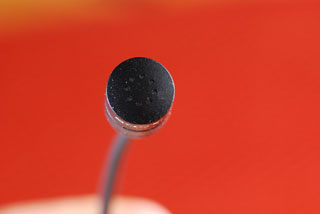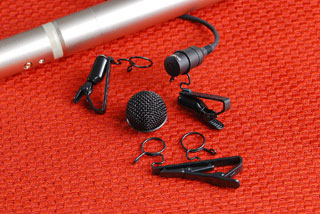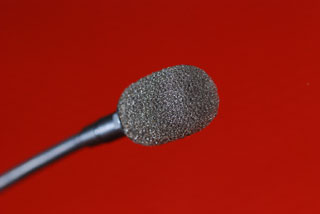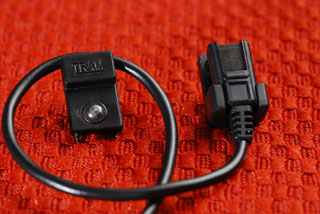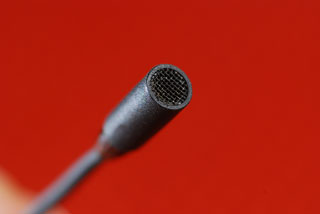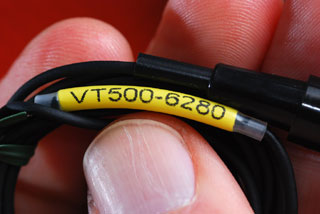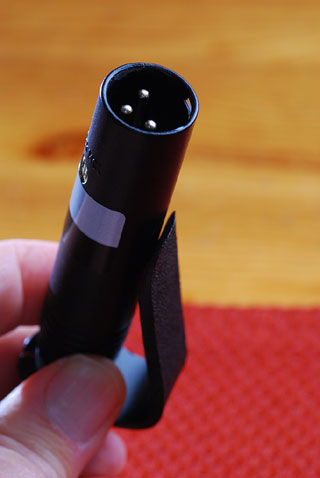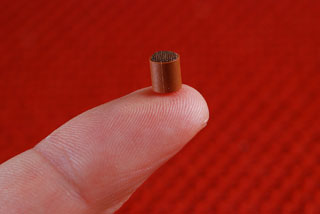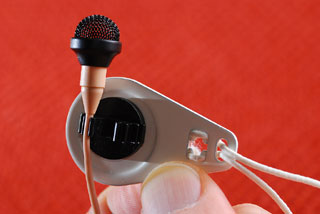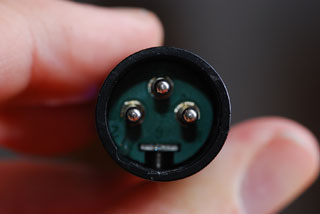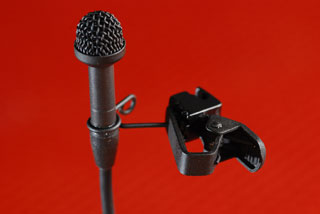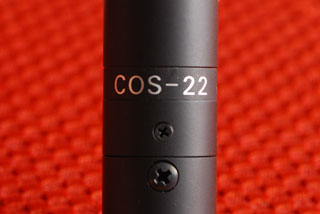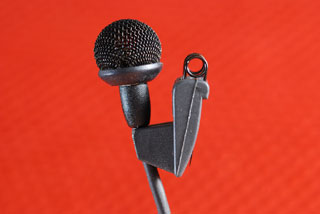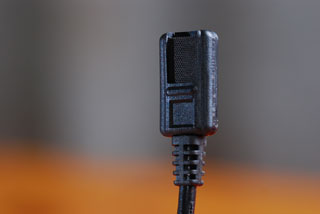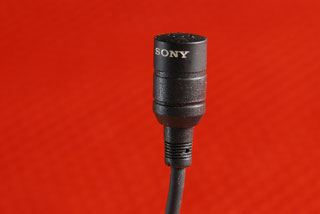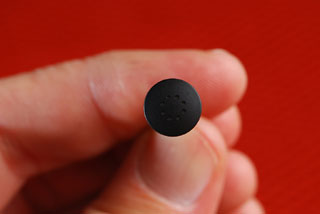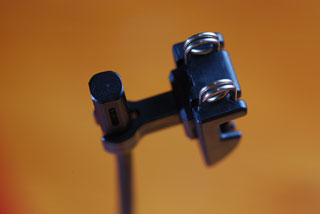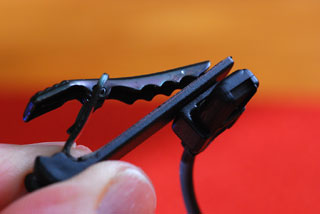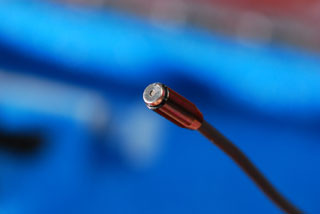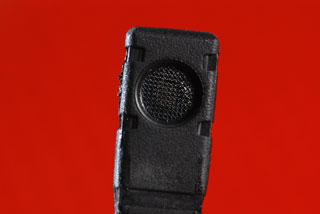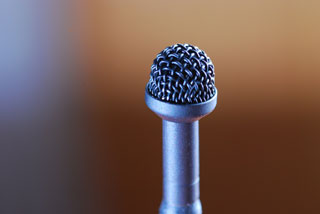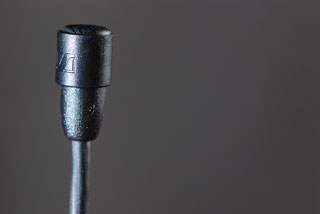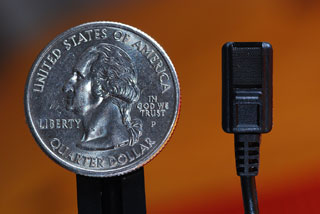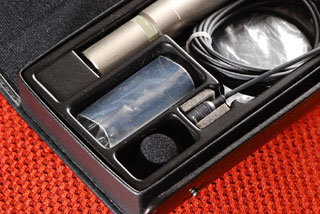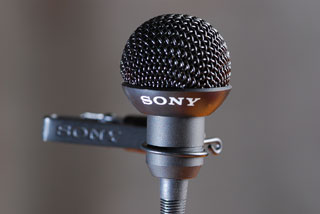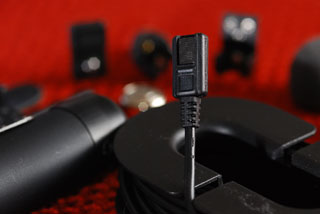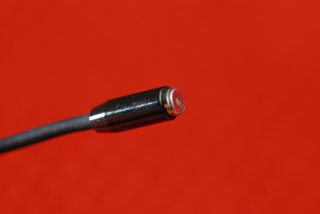April 7, 2008
A Comparison of Sixteen Popular Wired Lavalier Microphones
By Dan Brockett
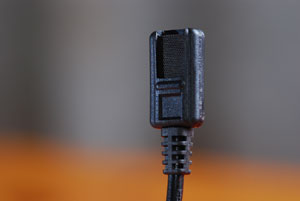
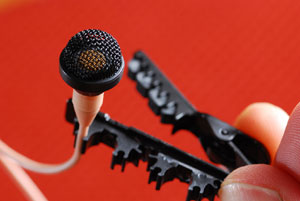
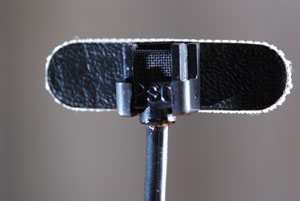
What Is A Lavaliere?
lav·a·liere [lav-uh-leer, lah-vuh-] - noun
- An ornamental pendant, usually jeweled, worn on a chain around the neck.
- Lavaliere Microphone
"A lavalier microphone or lavalier (or lav or lapel mike) is a small electret or dynamic microphone used for television, theatre, and public speaking applications, in order to allow hands-free operation. They are most commonly provided with small clips for attaching to collars, ties, or other clothing. The cord may be hidden by clothes and either run to a radio frequency transmitter in a pocket or clipped to a belt (for mobile work), or directly to the mixer (for stationary applications)." - Wikipedia
"The first practical lavalier microphone was invented by Lou Burroughs, co-founder of Electro-Voice, Inc." - Electro Voice
Often referred to as a "lav", lavalier microphones are a category of sound gear that is often overlooked and taken for granted by those new to recording sound for picture. When you consider how many models of lavaliers are available, it becomes a considerable challenge to make an intelligent choice about which lavalier you should use in a given situation. If you speak with professional sound mixers, they often have a favorite manufacturer and model of lavalier that they like to use, but why? Based upon my experience, lavalier preference almost seems like a birthright, passed down from generation to generation, but if you are not a professional sound mixer, how do you know which model best suits your needs?
My aim in this article is to provide you with a definitive guide to the most popular lavalier microphones available. You may notice that for several manufacturers, we are testing two or three different models of lavalier. Manufacturers often have several lavaliers in their product lines because their customers have such different needs. A lavalier is used in a news studio in very different way than a sound mixer working on a narrative film would use the same lavalier. Some manufacturers provide multiple screens or caps for their models to alter the mic's frequency response for different needs; some manufacturers instead offer different models of microphone, each with different frequency response curve. Many models of lavalier have a particular purpose that they are expressly designed for. Some of the features that differentiate lavaliers include physical size, whether or not the mic is designed for use under wardrobe, whether the mic is available in different colors to match wardrobe/skin tone, the microphone's water/sweat resistance and what type of mounting schemes and accessories are available for the mic.
Pickup Patterns
If you are not familiar with pickup patterns, I suggest you read this article Location Sound: The Basics and Beyond. A few lavaliers are designed with a cardioid or even a uni-directional pickup pattern, but in this article, we will put the primary focus on omni-directional lavaliers. Uni-directional and cardioid lavs are primarily intended for use above wardrobe and in noisy situations. The main challenge in using these types of mics is trying to maintain consistency in the sound when your talent turns away from the uni-directional or cardioid lav element, the sound levels are reduced, giving an uneven recording quality to the subject. For this reason, for most sound for picture usage, omni-directional lavaliers are more popular.
Quality, Price Range and Size
Another facet that we will touch on in this article is exploration of how cost relates to sound quality. As I discovered in the recent article I wrote on shotguns and cardioid variant microphones, As I Hear It - Choosing the Right Microphone, lower cost microphones can often still provide excellent sound quality. Conversely, I also discovered that in many cases, more expensive microphones provide subtle, often desirable nuances in how they record sound that lower priced units often are lacking. It will be interesting to see if the same phenomenon occurs with lavaliers.
One observation I noticed in assembling and evaluating the candidates for this article is that in most cases, the smallest lavaliers cost considerably more than the physically larger models, a definite case of less is more. In certain cases, for instance, when using microphones in hair or on hats or trying to hide microphones on costumes/wardrobe, a very small microphone just makes life easier. But often, you may not need the smallest microphone available. If you are hiding a lav underneath wardrobe, the size of the microphone becomes irrelevant. You will also discover as you read the article that much like shotguns and cardioid variant microphones, you will eventually want to own at least two or three different lavaliers, even if you never use more than one at a time. The reasons for this will become apparent as you make your way through the article.
Choice Is A Good Thing!
In deciding how to mic a particular scene or shoot, one factor you should think about is the factor of adding choice. Whenever possible, the ideal way to cover most scenes is with two microphones. If you have a boom mic, it is always a good idea to cover your bases with adding a lavalier microphone to the unused audio channel. If you do this consistently, you are giving your editor a great gift known as "choice". If you have a location that sounds good, you may be perfectly satisfied with the sound of your boom microphone. However, what if you have an inexperienced boom operator whose aim is not precise yet with your new expensive tightly patterned shotgun microphone? What if there is a lot of ambient noise that the boom microphone is picking up and for some inexplicable reason, your boom operator doesn't hear it or hears it and neglects to tell you that there was a noise issue? If you were smart and covered the scene also with a lavalier microphone on the other available audio channel, the lavalier may just save your rear in the edit bay. There are also situations where using the close mic sound quality of a lavalier may just plain work better for a scene. If you are shooting scenes with liberal amounts of ambient sound and you have two characters whispering to each other or a character speaking very quietly into their cell phone, you might end with superior results with lavalier microphones.
Wireless? As a rule of thumb, most shots where you cannot locate a boom microphone closer than a couple of feet to the talent, because of movement, framing or multiple cameras, should be covered with lavalier microphones. Personally, I always recommend using a hard-wired lavalier whenever possible. Use wireless systems only as a last resort and when you have to. If the talent is doing a sit-down conversation or interview, there is rarely a reason to use a wireless microphone system. The lowest cost XLR cable will always have better sound quality than the most expensive wireless microphone system. In keeping with this intention, we will only be recording with the lavaliers in the article hard-wired directly to the mixer. Since we are trying to record and evaluate the basic audio characteristics of each candidate, I feel that eliminating wireless noise and interference from the equation will allow us to make a more accurate assessment of each microphone.
A Modular Approach
One factor that is somewhat unique to lavalier microphones is that it is helpful to think of each lavalier as a modular system. When you think of a shotgun microphone, it too is part of a modular system including a microphone mount, a boom pole or handheld mount, an XLR cable, etc. Lavalier microphones today are similar in that there are often several ways to purchase them. It can become confusing to understand all of the different ways that you can purchase lavaliers but here are some basics. Lavalier microphones are condenser microphones, meaning that they require a small electrical current to function. Lavaliers come from the manufacturer hard wired, meaning that the actual microphone capsule is permanently cabled to a small tubular power supply that usually terminates in a three-pin XLR connection. Sometimes a small mercury or lithium battery can power the power supply but in most cases, lavaliers are energized by phantom power that your mixer or camcorder supplies over its XLR inputs. Some lavalier microphones use the same type of power supply but instead of the lavalier portion of the microphone being hard-wired into the power supply, it is detachable from the power supply. There are several types of connections between the small cables from the mic element to the power supply but they all work well. The reason for this is that it allows the microphone to also be attached and powered by various wireless microphone transmitters so if you purchase this type of lavalier, you can often use it in both wired and wireless situations. Microphones that are wired in this method typically cost more than a dedicated hard-wired version.
The other category that lavaliers are modular in is accessories. Some lavaliers come with a nice assortment of accessories with the microphone and all of its accessories included for one price in a small carrying case. Other lavalier microphone systems are sold on a more "ala carte" basis, offering several types of accessories for different situations and the option to purchase whatever you need. Wherever possible, I have tried to include details and costs about optional as well as included accessories.
A Lavaliere Of Many Colors
You will also notice that many of the microphones are available in various colors. The color spectrum usually includes black (the most common color for all microphones and audio gear), white, mocha, tan and brown to match various skin tones. Usually the goal of using a lavalier is to be as unobtrusive as possible so whether or not the microphone is offered in various colors can be a factor in deciding on if a particular microphone is the right one for your needs. Wherever possible, I have tried to highlight all of the colors that a particular microphone is available in. This can be another factor in your choice of purchasing several lavaliers. If you are recording sound in a dark vampire movie, obviously black would be a good candidate. Working on that "Lawrence of Arabia" remake out in the desert, perhaps white would work well against all of those white Bedouin costumes? Shooting interviews with guys wearing swimsuits and no shirts during Spring Break? Perhaps a tiny, flesh tone lavaliere would be helpful? You get the idea, offering their products in different colors allows the manufacturers an edge over some of their competition that only offer their products in black. As a user, these extra colors can really help you successfully minimize the hassle of trying to effectively camouflage your lavalier.
Introducing...The Contestants
I make no claim that the sixteen lavalier microphones tested here should be the only microphones that you consider, although I think that these models cover the majority of the models available on the U.S. market. Since I am based in the States, it made sense to include the most popular brands available easily in the U.S. and known in the U.S. Since I wanted the test to be as fair and unbiased as possible, I decided not to rent or borrow samples, I felt that would not be fair to the manufacturers. We would have no way of knowing if a rental or borrowed sample had been abused, how old it was, etc. So other than my own Countryman B6, I decided only to test factory fresh samples obtained directly from the manufacturers. Countryman would not cooperate by providing review samples so the Countryman B3 and EMW do not appear in the article although the B6 does.
Something to consider is that by reading this article and listening to the samples, you can train your ear and increase your knowledge of what you like and don't like in microphones. You can use this knowledge in the future when you consider buying any type of microphone. Good sound is easy to identify and high quality recording will become easier for you to recognize after you read through this article and analyze the sound samples.
The microphones are listed in alphabetical order.
Manufacturer Description of Element: Fixed-charge back plate
Audio-Technica's description of the microphone:
The included single and double mic holders are interchangeable with all the bases. To change the holders, simply remove original holder and snap in the desired one. When using the AT899 in extremely close situations, slip the included open-pore foam windscreen over the mic to reduce wind noise or "popping". Use the included element cover to protect the microphone element from contaminants.
Dan's initial take on the microphone:
#1. Audio-Techinca AT899
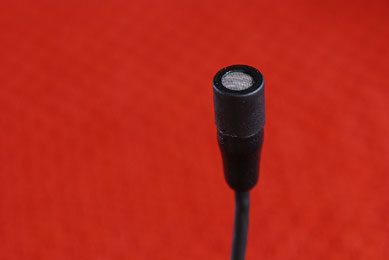
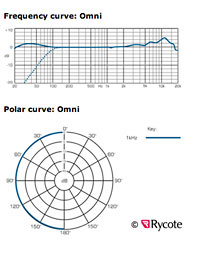
permanently polarized condenser
Polar Pattern: Omni-directional
$299.00 MSRP
Audio-Technica U.S., Inc.
1221 Commerce Drive
Stow, Ohio 44224
www.audio-technica.com
Relative size: On the smaller side
Weight: (less cable and accessories) Microphone 0.5 g (0.02 oz)
Power Module 102 g (3.6 oz)
Dimensions: Microphone 16.0 mm (0.63") long, 5.0 mm (0.20") diameter
Power Module 145.0 mm (5.71") long, 21.0 mm (0.83") diameter
Extras: AT8537 power module;AT8439 cable clip;clothing clip base; viper clip base;magnet clip base and plate with lanyard; three single mic holders; two double mic holders; two element covers; two windscreens; battery; protective carrying case
Cosmetics: Nice low reflectance matte black finish, also available in beige, features a medium sized, fairly thick cable
Fit and Finish: High quality feel for relatively low cost lavalier
Maximum intelligibility and clean, accurate reproduction for vocalists, lecturers, stage and television talent, and worship leaders
The AT899 is designed to be worn as a lavalier or hidden in loose clothing or in the hair. For use as a lavalier, attach the microphone about six inches below the chin. Anticipate movements that may cause the microphone to rub against or be covered by clothing, and position the microphone to avoid it.
In general, I have always found Audio-Technica products to provide solid value and to be well constructed. I personally own several Audio-Technica microphones as well as an Audio-Technica wireless microphone system. The AT-899 had a surprisingly good sound quality to it and I also liked it's no fuss appearance. The choice of black or beige was a plus also. The AT-899 also provides a good variety of mounting accessories which further increase versatility. The AT-899 is also a low cost leader so when value is added up, the AT-899 places very high for bang for the buck.
